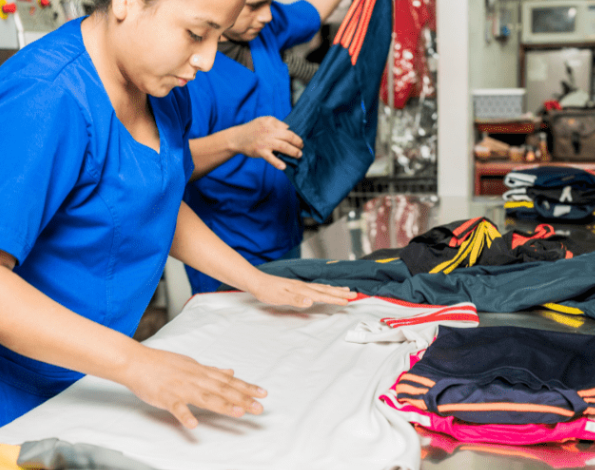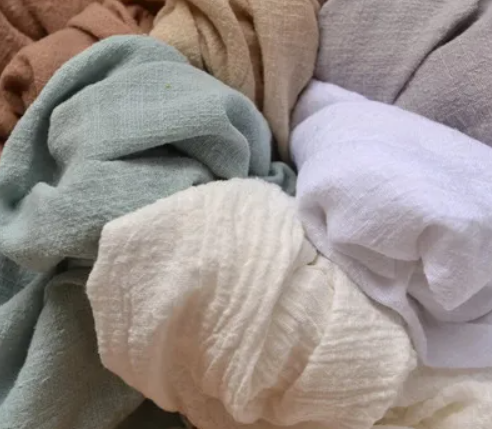
Maximizing Profit and Understanding the True Cost in the Dry Cleaning Business
The dry cleaning industry is highly competitive, and simply attracting customers is not enough to ensure success. True profitability comes from a deep understanding of your costs and making informed decisions based on those figures. Many dry cleaners struggle with underpricing their services because they fail to account for all of the hidden expenses that contribute to the cost of each garment. This can lead to diminishing profit margins and uncertain long-term sustainability. So, how do you accurately calculate these costs, and what steps can you take to improve your profitability?
1. Break Down the Cost of Each Garment
Each service you offer comes with its own set of costs, which can be more complex than just the price of cleaning supplies and labor. To get a comprehensive understanding, categorize your costs into the following areas:
Direct Costs
These are expenses directly linked to the cleaning process, such as:
- Solvents, detergents, spotting agents, and other cleaning fluids
- Production materials like tags, pins, heat seal supplies, and packaging
- Labor involved in pressing, spotting, and garment assembly
- Utility costs for water, electricity, and gas for each load
Indirect Costs
These are overhead expenses that must be allocated across all garments, including:
- Rent or mortgage payments
- Maintenance and depreciation of equipment
- Wages for administrative staff
- Software subscriptions and point-of-sale (POS) system fees
- Delivery vehicle expenses, if you offer pick-up and drop-off services
Hidden or Opportunity Costs
These are often overlooked but crucial costs, such as:
- Re-cleans and refunds for damaged garments
- Claims for lost or damaged items
- Time spent handling customer service issues
- Unused machine capacity due to inefficient scheduling or batching
Tip: It’s important to track the time and materials used for different garment types. You might discover that a two-piece suit costs much more to process than a basic shirt and should therefore be priced differently.
2. Perform a Cost-Per-Piece Analysis
To accurately gauge the cost of your services, calculate the cost per garment. This can be done by dividing your total monthly or weekly operating expenses by the number of garments processed. This will give you your baseline cost per garment. If your charges are below this amount, you may be losing money.
For instance, if your monthly expenses are $15,000 and you process 5,000 garments, your cost per piece is $3. If you charge $2.75 to clean a shirt, you’re already operating at a loss. For years, dry cleaners have undervalued laundered or pressed shirts to attract customers, but with changing consumer preferences, it may be time to reassess this strategy.
3. Factor in Labor and Efficiency
Labor is one of the most significant expenses in a dry cleaning business. Track how long it takes to process different services, and look for inefficiencies in your operation. Could automation or additional staff training improve your workflow? Investing in equipment that reduces labor time, such as automated systems for bagging or tensioning shirts, can make a big difference.
4. Price Strategically with Profit Margins in Mind
Pricing should be based on a well-calculated strategy, not guesswork. Once you understand your true costs, use them to determine your pricing with a desired profit margin. For example, if a garment costs you $3.25 to process and your target margin is 50%, your minimum price should be $4.88.
Market Positioning
Competing on quality, sustainability, or convenience allows you to justify higher pricing. If you use eco-friendly cleaning methods like GreenEarth, promote this as part of your value proposition.
5. Increase Profits with Additional Services
Profit doesn’t solely come from reducing costs; it also comes from adding value. Here are a few ways to boost your margins:
- Pick-Up and Delivery Services: These provide added convenience for your customers and can help you save time by batching deliveries.
- Subscription Models: Offer regular services like monthly wash and fold or household linen plans with branded bags.
- Eco-Friendly and Premium Options: Many customers are willing to pay extra for environmentally conscious cleaning methods or specialized services like allergen-free cleaning.
- Retail Products: Sell items like garment bags, lint rollers, and collar stays to customers. These small add-ons can increase your revenue.
6. Embrace Technology and Data Tracking
To make informed decisions, use a POS system or similar technology to track:
- The number of garments processed per labor hour
- Re-clean rates
- Average sales per customer
- Delivery costs per route
- Revenue generated from each garment category
With better data, you’ll be able to make more informed decisions and continuously improve your business operations.
Conclusion
To build a successful and sustainable dry cleaning business, you need to have a firm grasp on your costs. This understanding allows you to set realistic prices and implement strategies to maximize profitability. By analyzing your costs carefully, pricing strategically, and adding value with services and technology, you can significantly improve your business’s financial health and ensure long-term success.





